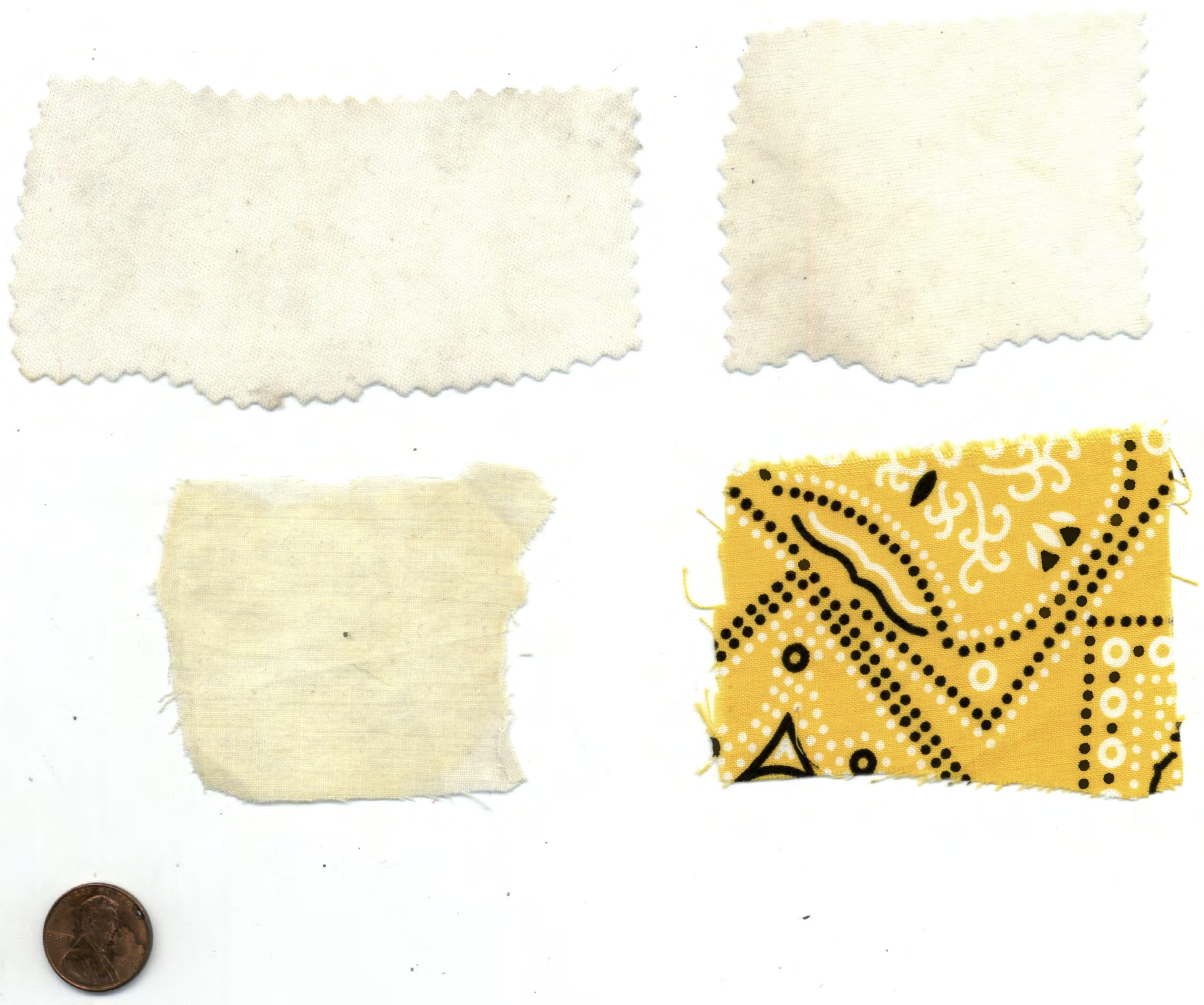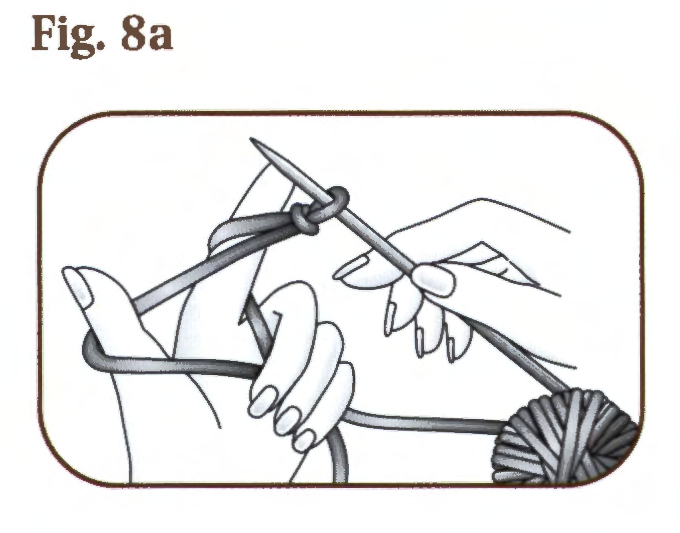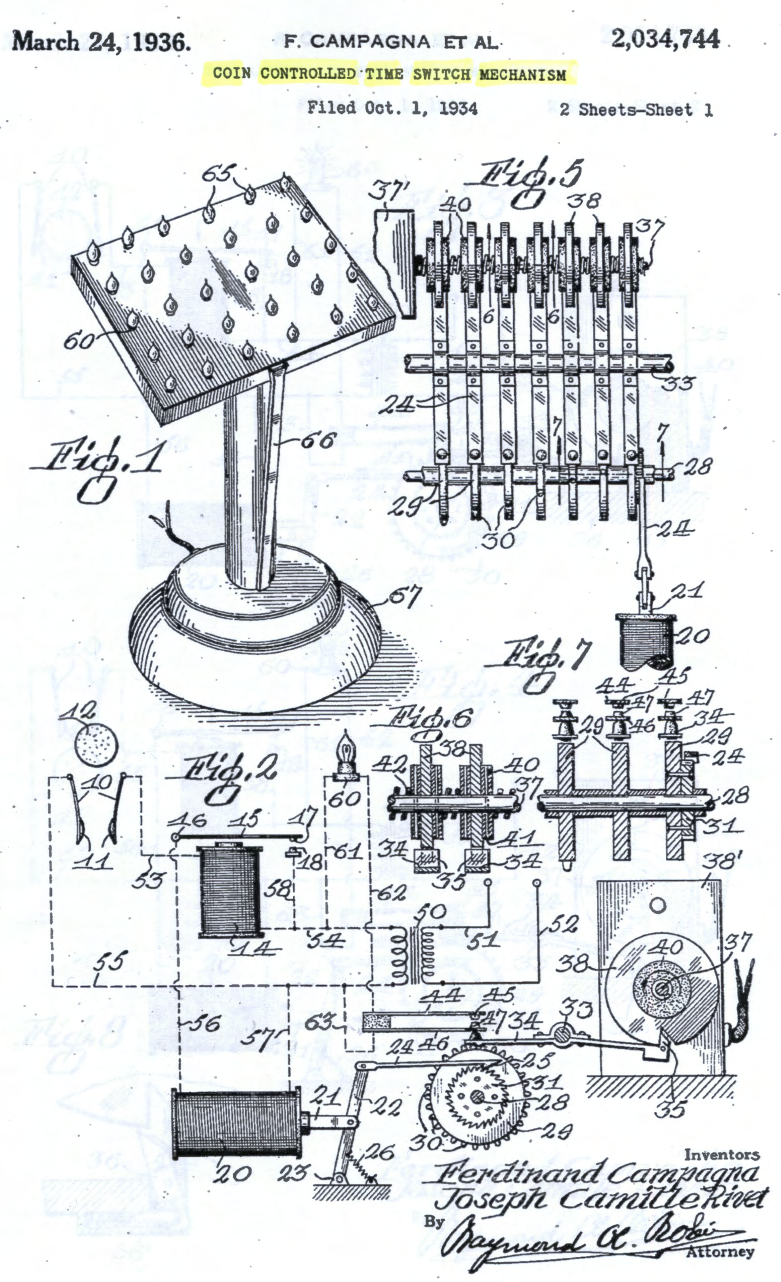[Editor’s Note: This essay resides within Anderson Blanton’s “The Materiality of Prayer,” a portal into Reverberations’ unfolding compendium of resources related to the study of prayer.]
Dolls and phonographs share an intimacy with prayer. One of the first commercially available cylinders from the Edison phonograph company, for example, was a component in the “Edison Talking Doll” (1888). Hidden within the sawdust-filled recesses of this “Dollphone,” one of the interchangeable cylinders played upon the automatic phonograph was the ubiquitous bedtime prayer, “Now I lay me down to sleep.” While Edison was busy manufacturing toy prayers, Emil Berliner, the pioneer of the flat “Gramophone” disc, was inscribing the first copies of “The Lord’s Prayer” in an old German doll factory (1889). Since the early days of phonography, praying dolls have been produced on a mass scale as a playful means to imprint pious attitudes upon the developing child.










 The new definition of prayer laid forth in this portal could be used to articulate key techniques of Pentecostal and charismatic Christian healing prayer such as the “point of contact.” Now a ubiquitous term in the performance of Pentecostal prayer, Oral Roberts developed this technique specifically in relation to the radio apparatus.
The new definition of prayer laid forth in this portal could be used to articulate key techniques of Pentecostal and charismatic Christian healing prayer such as the “point of contact.” Now a ubiquitous term in the performance of Pentecostal prayer, Oral Roberts developed this technique specifically in relation to the radio apparatus.


